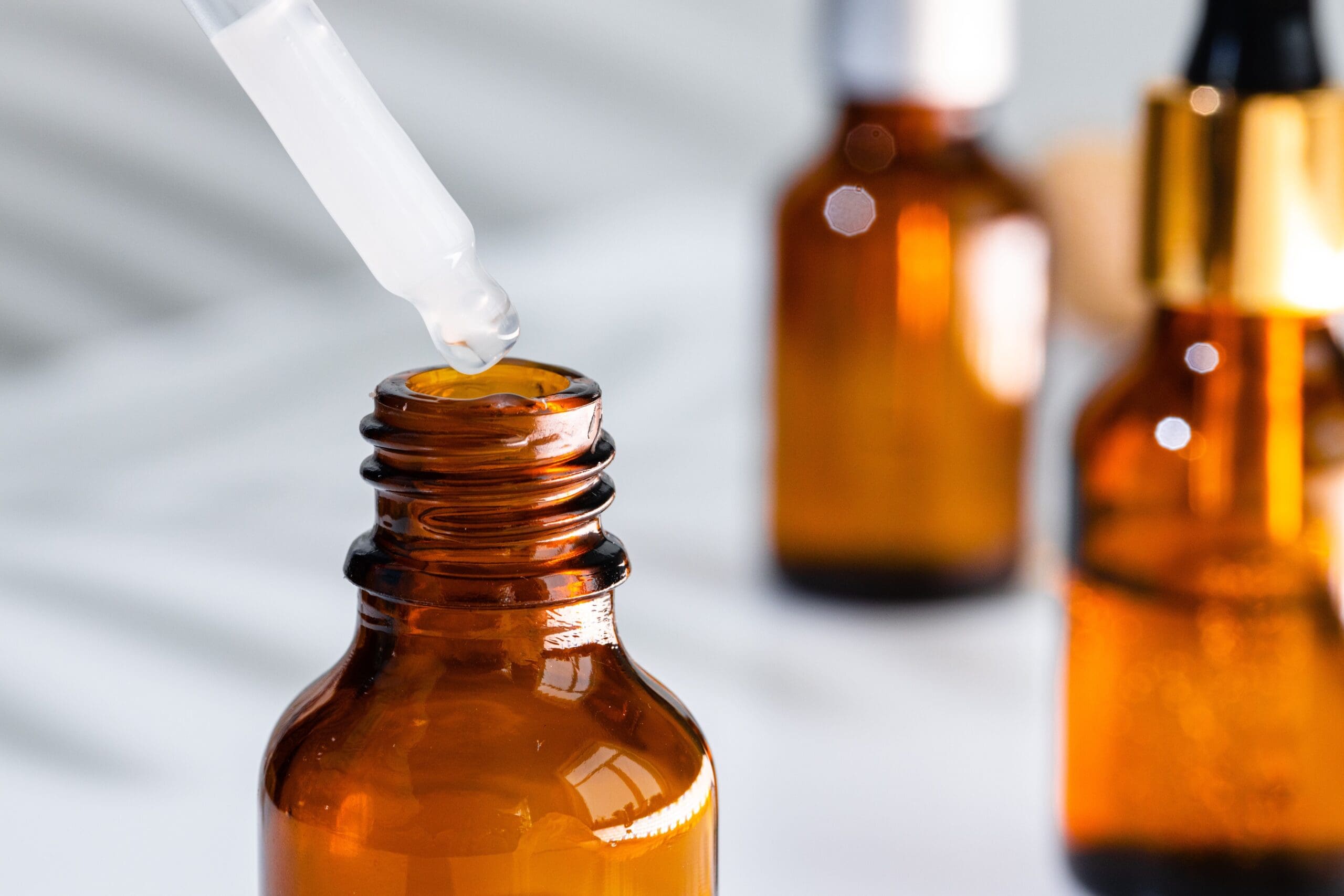Tinctures have been a cornerstone of herbal medicine for centuries, offering a concentrated and effective way to deliver the benefits of medicinal plants. Whether you are creating tinctures for personal use or as part of a business, understanding the best methods for extraction and formulation is crucial. This guide walks you through the essential steps of crafting tinctures, explores different extraction methods, and highlights the importance of ingredient quality.

Step 1: Selecting High-Quality Ingredients
The foundation of a great tincture starts with high-quality herbs. Consider the following when sourcing ingredients:
- Organic and Wildcrafted Herbs – Using organic or wildcrafted herbs ensures purity and potency while avoiding pesticides and contaminants.
- Fresh vs. Dried Herbs – Fresh herbs often provide a more vibrant profile, while dried herbs allow for consistent dosing and longer shelf life.
- Reputable Suppliers – Choose trusted suppliers who offer transparency in their sourcing and testing.
Step 2: Choosing the Right Extraction Method
The method you use to extract the beneficial compounds from herbs directly impacts the tincture’s potency and effectiveness. The most common methods include:
1. Alcohol Extraction (Ethanol-Based Tinctures)
Alcohol is the most widely used solvent for tincture making due to its efficiency in extracting a broad spectrum of plant constituents.
- Best for: Hard roots, barks, resins, and high-resin herbs.
- Common Ratios: 1:5 (herb to liquid) for dried herbs, 1:2 for fresh herbs.
- Alcohol Strength: 40-95% depending on the herb type.
2. Glycerin Extraction (Glycerites)
Glycerin can be used as an alternative to alcohol for those who prefer an alcohol-free tincture. While not as strong as alcohol, it is ideal for gentle extractions.
- Best for: Children’s remedies, alcohol-sensitive individuals.
- Common Ratios: 1:4 or 1:5 herb to liquid.
- Tips: Heat gently to improve extraction efficiency.
3. Vinegar Extraction (Acetum Tinctures)
Apple cider vinegar can be used to extract certain plant constituents while also adding digestive benefits.
- Best for: Mineral-rich herbs, tonics, and digestive blends.
- Common Ratios: 1:5 or 1:4 herb to liquid.
- Tips: Store in glass jars to prevent vinegar from degrading plastic.
Step 3: The Extraction Process
Regardless of the method you choose, follow these fundamental steps:
- Measure the Herbs and Solvent – Use the correct herb-to-liquid ratio for optimal potency.
- Combine in a Glass Jar – Place herbs in a sterilized jar and cover completely with the chosen solvent.
- Shake Regularly – Agitate the jar daily for 4-6 weeks to ensure thorough extraction.
- Strain and Bottle – Use cheesecloth or a fine strainer to remove plant material before bottling.
- Label Properly – Include herb name, extraction date, and suggested usage.
Step 4: Ensuring Quality and Potency
Quality control is essential for producing effective tinctures. Keep these best practices in mind:
- Storage Matters: Store tinctures in dark glass bottles in a cool, dry place to maintain potency.
- Testing for Strength: Conduct potency testing if possible to standardize your formulas.
- Regulatory Compliance: Follow Health Canada’s guidelines if selling tinctures commercially.
Final Thoughts
Crafting tinctures is both an art and a science. By selecting the right herbs, choosing the best extraction method, and maintaining high standards of quality, you can create tinctures that are both effective and reliable. Whether you are making tinctures for personal wellness or as part of a business, these best practices will ensure your success in herbal extraction.
